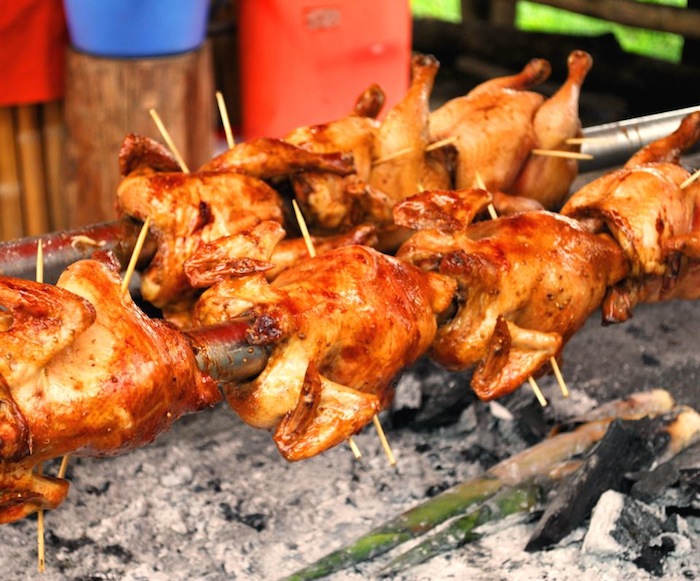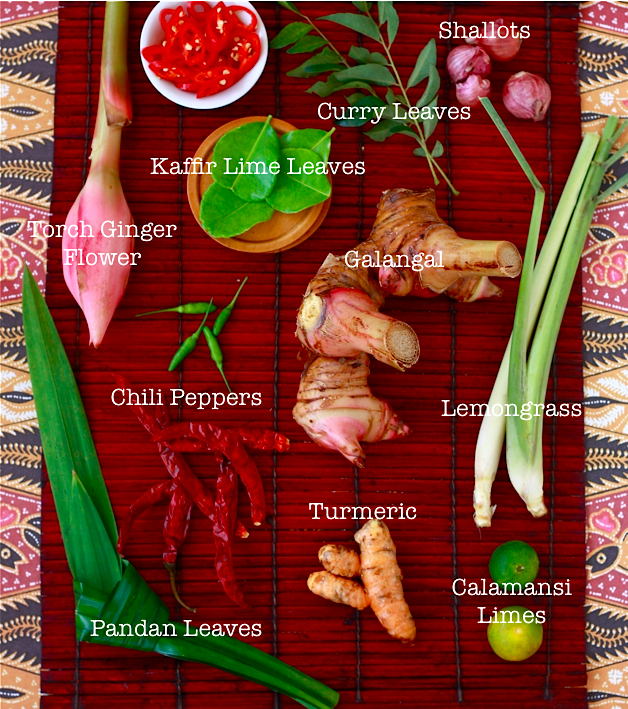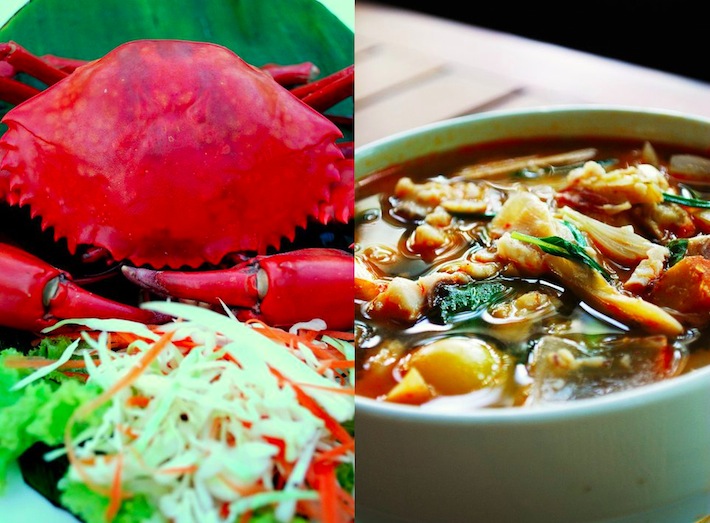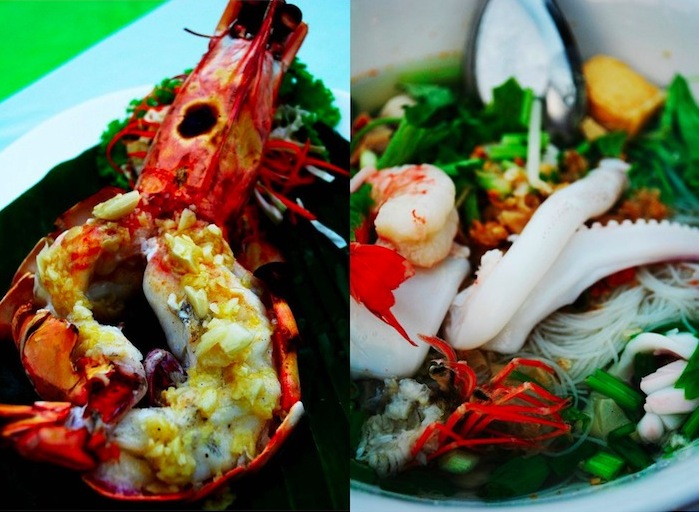What gives that spark to Southeast Asian food?
That spark on the taste buds with every bite of grilled fish and chicken satay, coconut curries and laksas, tropical salads and stir-fried greens, beef noodle soup and beef rendang, crispy and fresh spring rolls, fried rice and fried prawns? That spark which spread the popularity of Thai and Vietnamese food around the world, and is now doing the same for the cuisines of Malaysia, Singapore, Indonesia, Philippines, and the other countries of Southeast Asia?
Spices.
Not the spices like nutmeg, clove, pepper, and cinnamon, which linked the ancient world to this region. It’s the lesser known spices – the common spices and herbs used in daily cooking throughout Southeast Asia – like lemongrass, bird's eye chili peppers, galangal, Thai basil, kaffir lime leaves, torch ginger flower, Vietnamese mint leaves, coriander root, tamarind, pandan leaves, curry leaves and many more. All of which give those tantalizing flavors and aromas to an unparalleled diversity of cuisines.
What may sound unfamiliar, will soon be on your tongue.
People are traveling more to Southeast Asia, taking an interest in the culture, and discovering that the traditional dishes of the region are more healthy and flavorful than what is available to them at home. That has led to a demand in more Thai, Vietnamese, Malaysian, and Indonesian restaurants, as well as Asian grocers and spice shops. And this trend has recently gone mainstream when Chipotle Mexican Grill began their new venture called ShopHouse Southeast Asian Kitchen, which features flavors such as “chilis, garlic, shallots, lemongrass, and galangal.”
With so much attention now on Southeast Asian cuisine, it’s time to take a closer look in the wok.
Over the next month on Season with Spice, we will be introducing many of the popular Southeast Asian spices and herbs, along with ideas on how to use them in your kitchen to cook healthier, more colorful meals.
And in doing so, give you opportunity to explore Southeast Asian culture…










